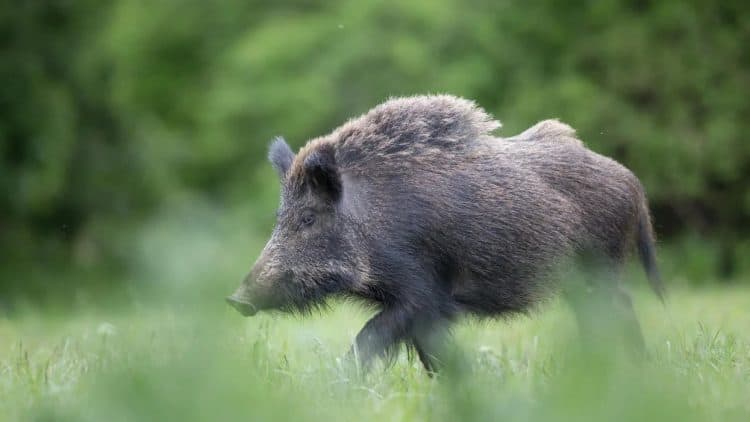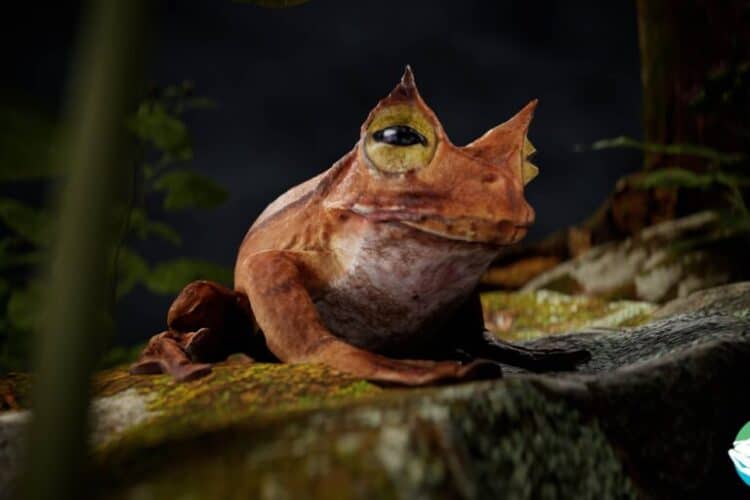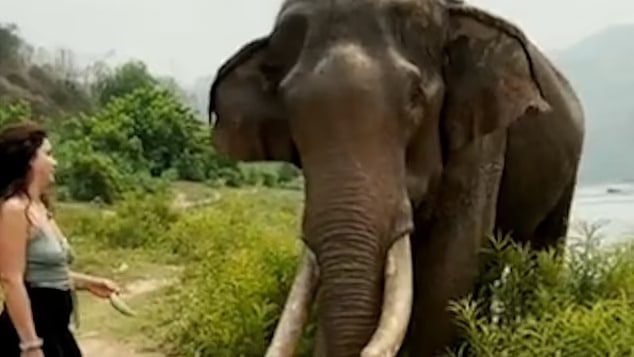In May the Mayor of Cheshinovo-Obleshevo, in Macedonia, accepted on behalf of the municipality the title of European Stork Village 2013 from the conservation non-profit foundation EuroNatur. Cheshinovo-Obleshevo has one of the largest populations of White Storks, with over 70 nests built on roofs and electrical pylons.
The friendly attitude of the locals to the storks was also one of the main reasons why this municipality received the award.

Schoolchildren, local residents, representatives of the municipality, members of the Macedonian Ecological Society (MES – BirdLife in Macedonia) and the media all took part in the award ceremony, which was held in a Primary School in Cheshinovo. Schoolchildren contributed with drawings and poems inspired by the storks they see every day. The award is the first step towards the implementation of a programme for the conservation of the local stork population.
Additionally, Cheshinovo boasts the largest individual stork nest in Macedonia. The municipality has outstanding nesting conditions, particularly since the extensive rice fields surrounding it provide feeding grounds for the storks. At the same time, the local population cares for the birds by monitoring their state and lending a helping hand whenever needed.
With the European Stork Villages initiative, a movement to help counterbalance the habitat loss for storks in Europe started in 1994. Since then, each year EuroNatur honours the contribution of a different village and the award ensures that communities are internationally recognized as special cultural and natural heritage sites.
This post was written by: BirdLife Europe – who has written 160 posts on BirdLife Community. The BirdLife Europe Partnership consists of 45 conservation organisations with almost 3,000 staff, 1.9 million members and more than 6,000 reserves covering over 300,000 hectares.






Leave a Reply